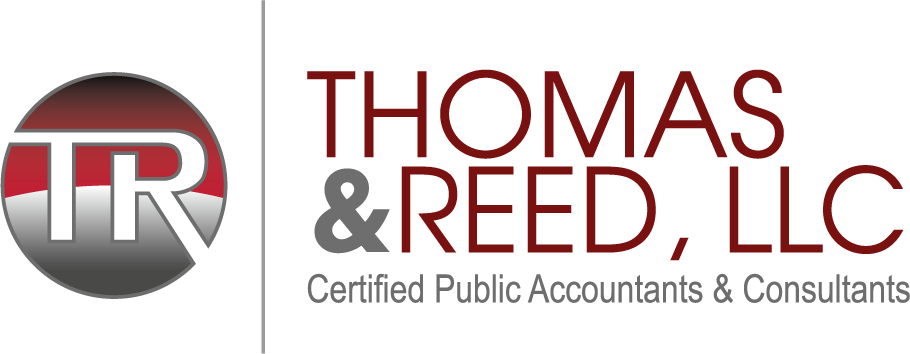The first advance payment from the newly expanded child tax credit was recently sent out by the IRS. Payments are scheduled to be made on the 15th of each month through December.
The idea of advance payments made for a refundable credit confuses a lot of people, so here’s what you need to know.
Background
For the 2021 tax year, an expanded child tax credit reduces your tax bill by $3,600 if you have a qualifying child that’s age 5 or under, or by $3,000 if you have a qualifying child from age 6 to 17.
If the total amount of the child tax credit for your family exceeds the total taxes you owe, you’ll receive the amount of the credit as a refund.
Child tax credit advance payments
Instead of waiting to file your tax return to receive the entire amount of your child tax credit, the IRS has been directed by Congress to send 50% of the credit to you in six monthly payments beginning in July 2021.
For example, consider the hypothetical example of a family that has three kids, ages 10, 12 and 16. Assume that this family’s income is not too high and that their children meet the IRS definition of a qualifying child. Instead of waiting until 2022 when they file their 2021 tax return to receive the entire $9,000 child tax credit, they can get paid half of the child tax credit amount, or $4,500, in 2021.
The advance payments began July 15 and continue for six months until December 15. The family in this example would receive six payments of $750 starting July 15, for a total of $4,500.
What you need to know
The monthly payments are automatic. You’ll automatically receive advance payments if:
- You filed a 2019 or 2020 tax return and claimed the credit, OR
- You gave information in 2020 to receive the Economic Impact Payment using the IRS non-filer tool, AND
- The IRS thinks you are eligible, AND
- You did not opt-out of the early payments.
Register with the IRS. If you didn’t file a 2019 or 2020 tax return but are otherwise eligible for the child tax credit, you’ll need to register with the IRS to receive the child tax credit. You can use the IRS Child Tax Credit Non-filer Sign-up Tool to find out if you need to register.
Consider if you should opt out of the advance payments. Getting half of your child tax credit ahead of time may not be the right move for everyone. For example, if your 2021 income ends up higher than expected, you may need to pay back the advance payments when you file your tax return. To opt out, use the IRS Child Tax Credit Update Portal.
